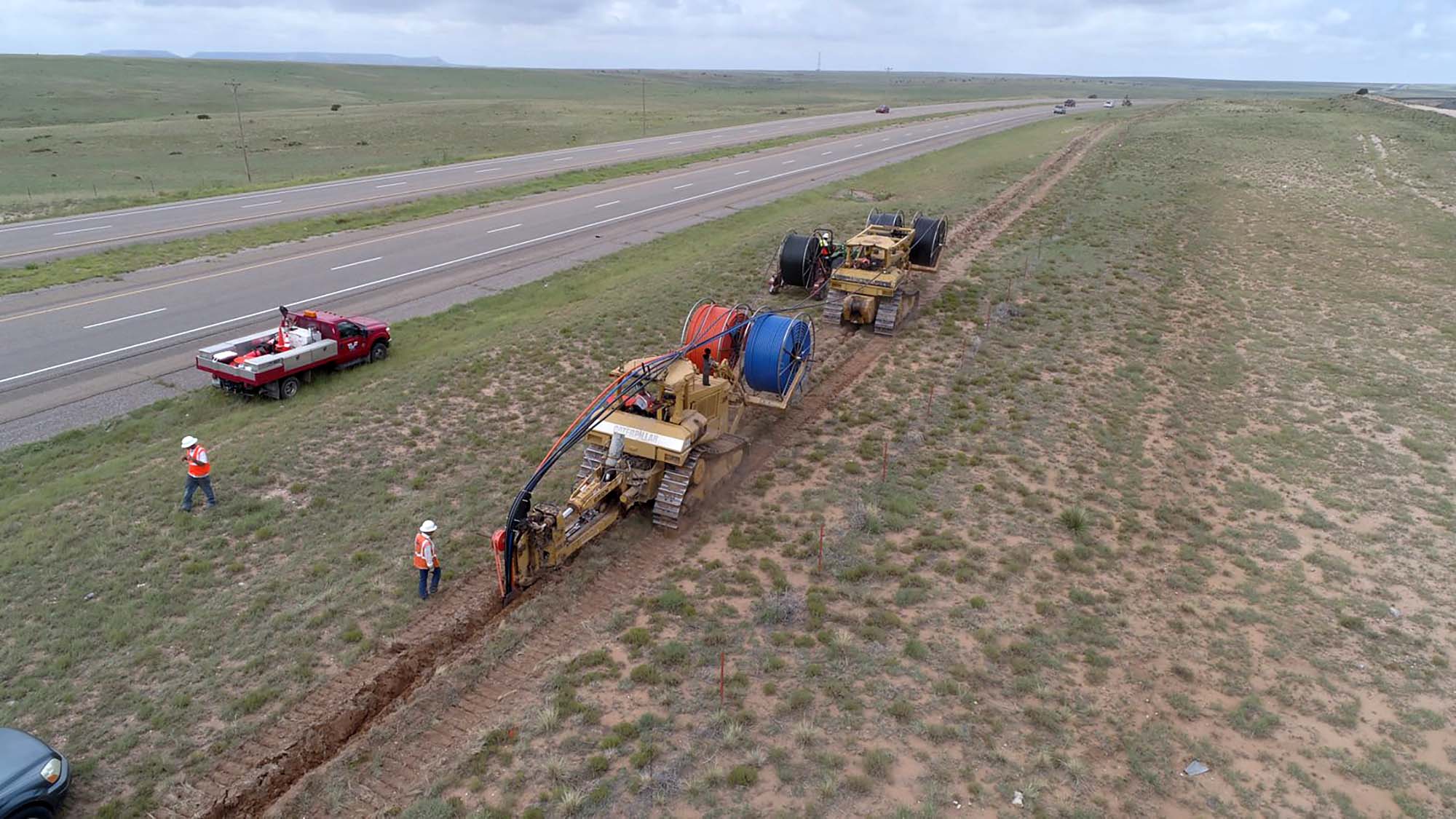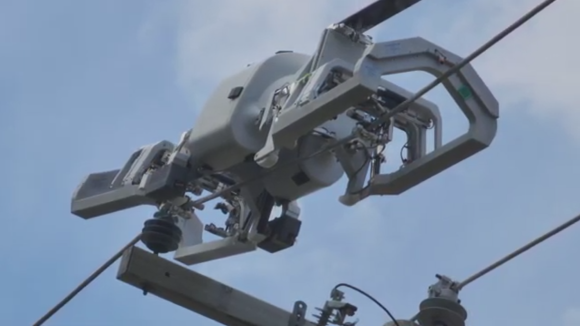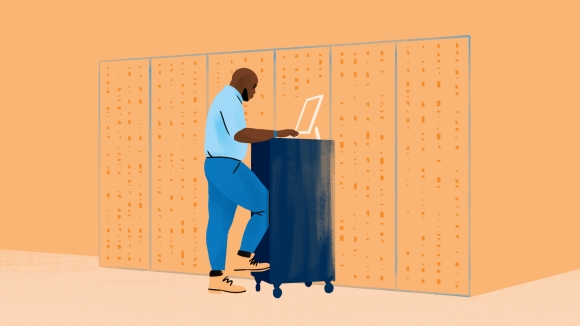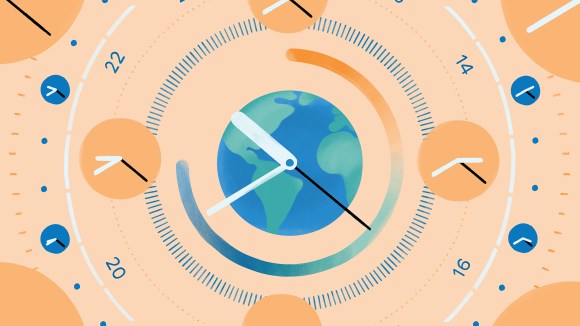Our engineers have spent years working to keep the physical systems that power Facebook products and services cutting-edge, efficient, and capable of scaling as trends such as video and virtual reality have increased the demand for capacity. To provide the 2.7 billion people using our products with the best possible experience, we have designed more efficient servers and data centers, and we have strengthened the long-haul fiber networks that connect our data centers to one another and to the rest of the world.
As we bring more data centers online, we will continue to partner and invest in core backbone network infrastructure. We take a pragmatic approach to investing in network infrastructure and utilize whatever method is most efficient for the task at hand. Those options include leveraging long-established partnerships to access existing fiber-optic cable infrastructure; partnering on mutually beneficial investments in new infrastructure; or, in situations where we have a specific need, leading the investment in new fiber-optic cable routes.
In particular, we invest in new fiber routes that provide much-needed resiliency and scale. As a continuation of our previous investments, we are building two new routes that exemplify this approach. We will be investing in new long-haul fiber to allow direct connectivity between our data centers in Ohio, Virginia, and North Carolina.
As with our previous builds, these new long-haul fiber routes will help us continue to provide fast, efficient access to the people using our products and services. We intend to allow third parties — including local and regional providers — to purchase excess capacity on our fiber. This capacity could provide additional network infrastructure to existing and emerging providers, helping them extend service to many parts of the country, and particularly in underserved rural areas near our long-haul fiber builds.
Unlike a retail telecommunications provider, we will not be providing services directly to consumers. Our goal is to support the operators that provide such services to consumers. We will reserve a portion for our own use and make the excess available to others. This means you’ll start to see a Facebook subsidiary, Middle Mile Infrastructure, operating as a wholesale provider (or, where necessary, as a telecommunications carrier).
Continuing our commitment to infrastructure investments
This work is a continuation of our efforts to develop our network infrastructure. That work began about a decade ago, when a small team of engineers designed and built one of the world’s most energy-efficient data centers from the ground up: software, servers, racks, power supplies, and cooling systems.
When we began building our newest operational data center in New Mexico, we built a 200-mile cable to connect that facility to the one in Texas. This underground cable is now one of the highest-capacity systems in the United States, with state-of-the-art optical fiber. The resulting cable is more efficient than other high-capacity cables, and our New Mexico data center now has another redundant path to our network.
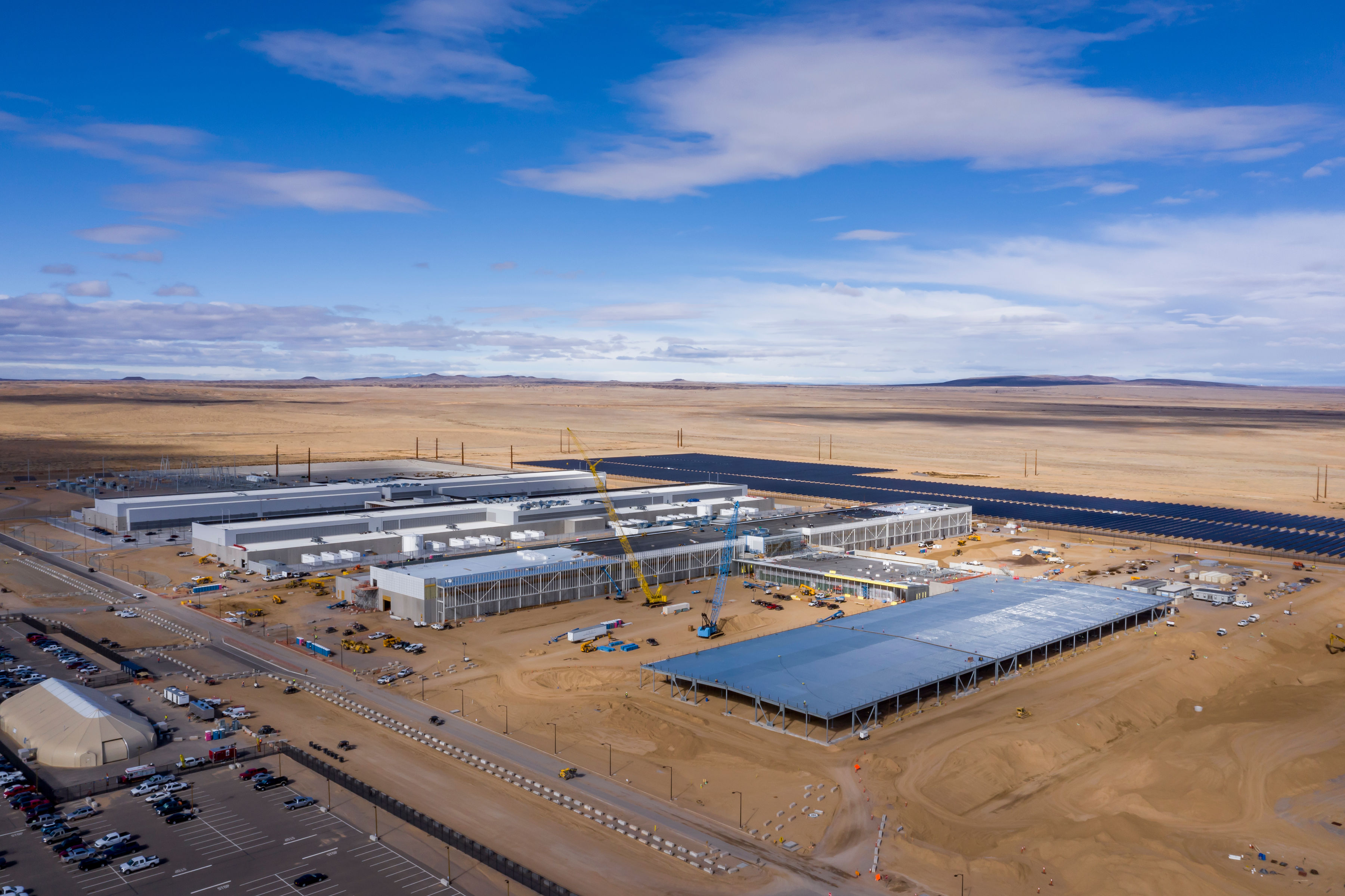
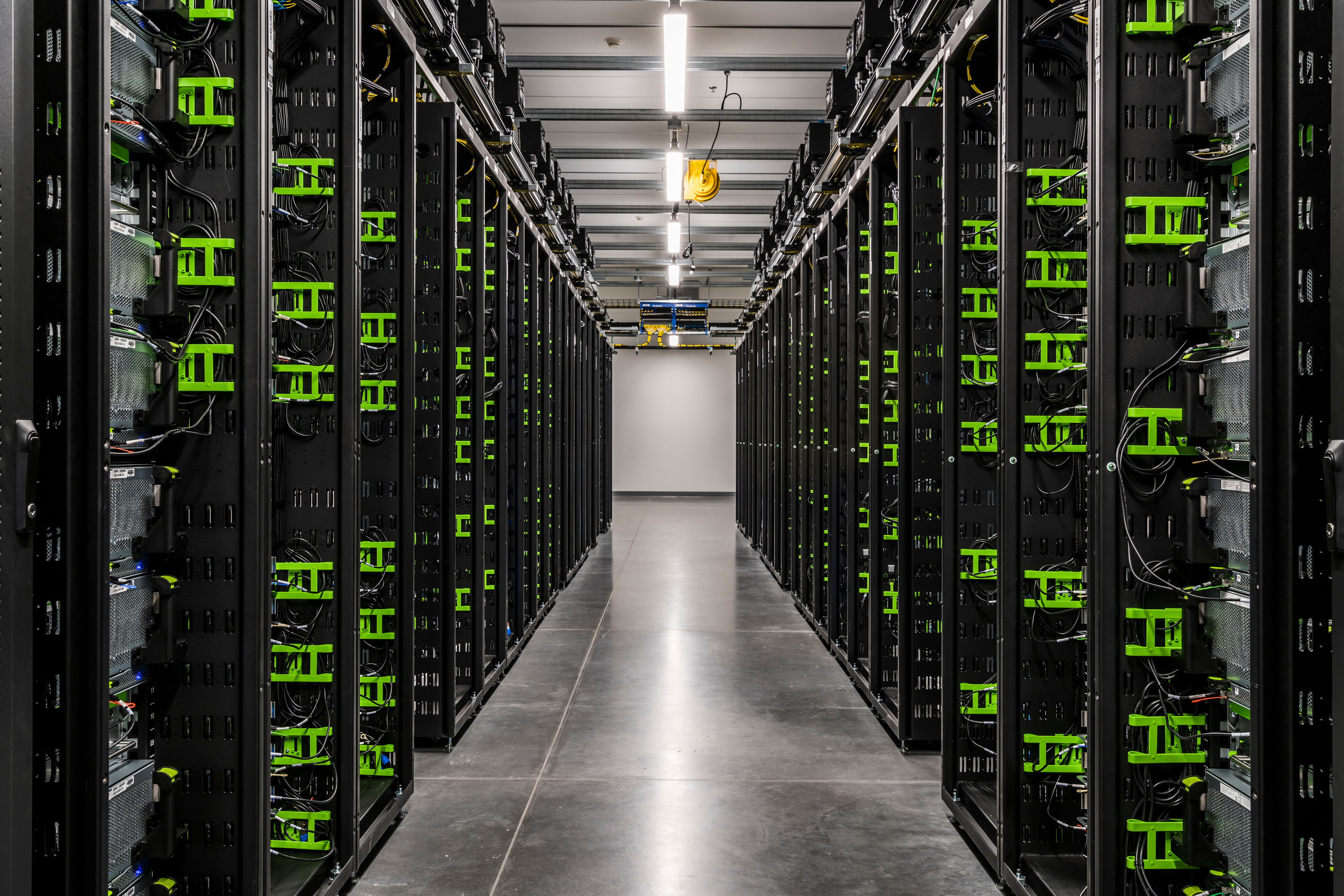
Facebook’s apps are used around the world. Once we have a new data center and terrestrial fiber network in place, we need to connect it to other data centers and networks — some of which are across oceans. So we have collaborated with partners to build several subsea fiber-optic cables that are leading the industry in terms of routes, capacity, and flexibility. These include Marea, the highest-capacity subsea cable to ever cross the Atlantic; Havfrue, the first new cable system in nearly two decades to traverse the North Atlantic; and Jupiter, a high-speed optical submarine cable between Japan and the United States.
Our newest fiber builds, between our data centers in Ohio, Virginia, and North Carolina, are the next steps in our ongoing commitment to build network infrastructure. We will continue to expand our infrastructure to provide the 2.7 billion people using our products with the best possible experience.
